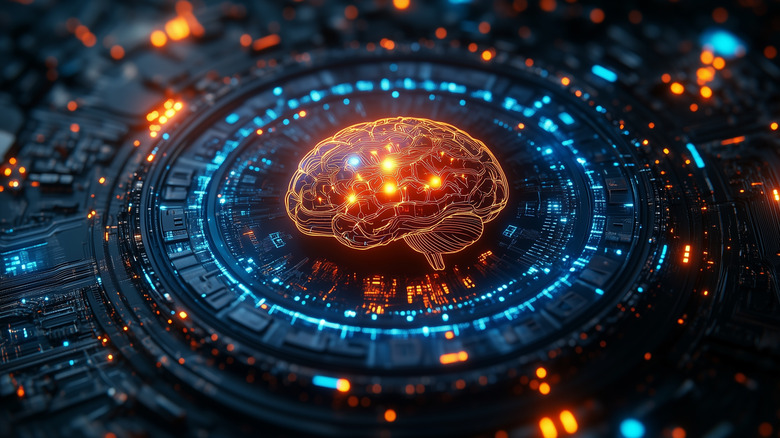Could This Tech Finally Solve AI's Planet-Polluting Problem?
Even as it continues to be implemented in all walks of life, including these strange gadgets you might not know exist, AI's environmental footprint is getting harder to ignore. Power-hungry data centers, constant server cooling, and the raw materials needed for chips and infrastructure are fueling a pollution problem that the industry is just starting to admit. Enter quantum AI, a blend of quantum computing and artificial intelligence, which might just offer a way out.
Unlike classical computers that rely on binary bits, quantum systems use qubits that can perform multiple calculations simultaneously. That makes them exponentially more efficient at solving certain complex problems. A recent real-world experiment led by the University of Vienna showed that even today's small quantum processors can outperform classical machine learning models on key tasks, using a fraction of the energy.
Photonic quantum processors, which process data using light instead of electricity, were central to the breakthrough. They ran classification algorithms faster and more accurately while drawing far less power. This isn't science fiction anymore. For the first time, researchers demonstrated quantum advantage in a live AI task, not a lab simulation. This kind of performance with much lower energy consumption could be a major leap in machine learning. If scaled correctly, it would let us keep training increasingly powerful AI models without wrecking climate goals. But quantum hardware is still in its infancy. Hardware instability and limited scalability remain big obstacles. Even so, the early results are promising.
The AI boom is fueling a dirty data center explosion
AI may help track climate change, map pollution, or detect wildfires, but its own infrastructure is burning through energy and resources at an alarming rate. Training large language models can emit as much CO₂ as 300 round trips between New York and San Francisco. Data centers, where AI lives and breathes, are multiplying fast and consuming power like never before.
These centers also require water for cooling, rare earth minerals for chips, and create massive e-waste when servers are retired. As generative AI scales, the demand for computation grows with it. In Ireland alone, AI data centers consumed more electricity than all urban homes combined in 2023. Globally, they may use more water than Denmark within a few years.
Even companies with green pledges are backsliding. Google's emissions have surged 48% in the last five years, while Microsoft's are up 29%, both blaming AI expansion. Many of these emissions come from fossil fuels powering their sprawling server farms. Quantum AI could help ease this demand, but until then, every AI prompt and model training session keeps pumping more pollution into the system. The hype around AI's potential needs to be weighed against its very real planetary cost.
Greener AI needs more than just better tech
Policy changes are overdue. Experts say we need mandatory environmental reporting for AI models and rules around recycling water and other components. Right now, most governments are focused on regulating AI's social harms, like bias or misinformation, which, admittedly, have led to some pretty horrific stories which prove how much of a threat AI can pose. But that shouldn't come at the cost of ignoring the environmental damage it has wreaked.
Transparency matters too. Many models are trained in secret, with no public data on emissions or resource consumption. That makes it hard to hold anyone accountable. Quantum AI could one day train models faster and cleaner. But until we fix how AI is developed, deployed, and regulated, it won't be enough. The answer isn't to abandon AI. It's to stop pretending it's neutral and start treating it like any other heavy industry, with limits, oversight, and a plan to keep it from heating up the planet even more.


